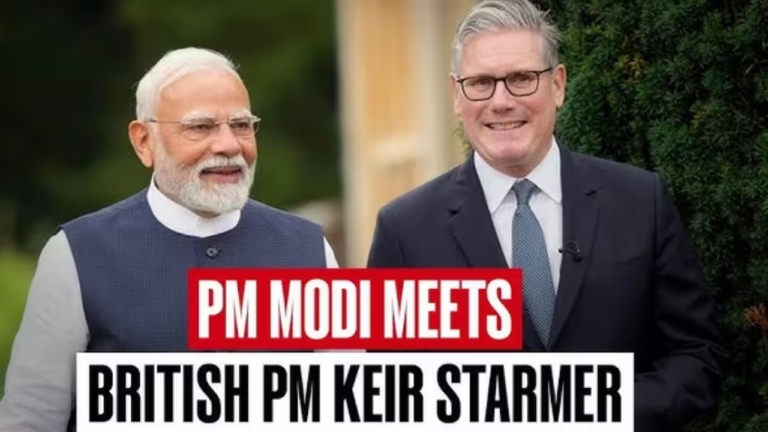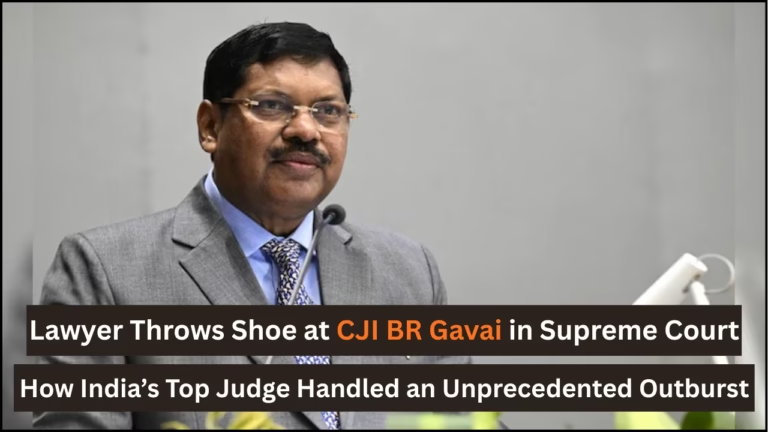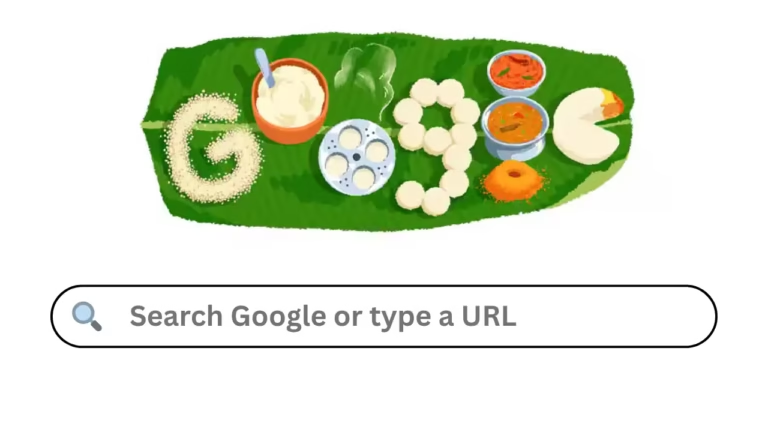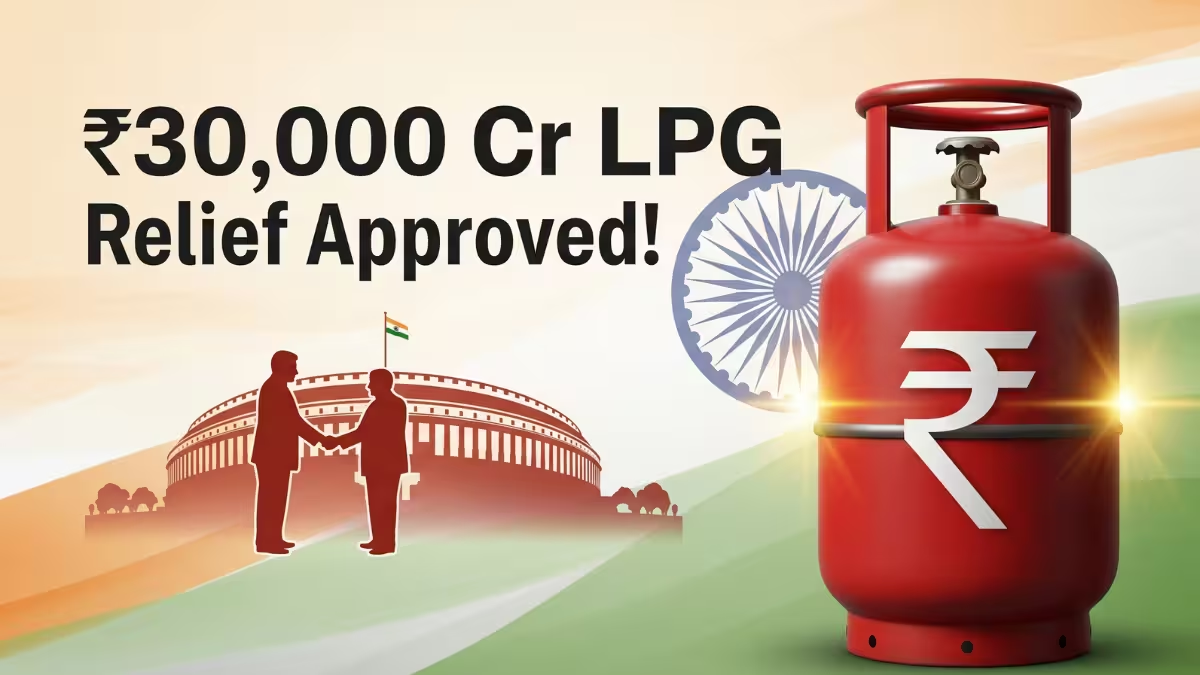
“Illustration of a red Indian LPG gas cylinder with glowing Rupee symbol, Parliament building in the background, and bold text ‘₹30,000 Cr LPG Relief Approved!’ – representing government subsidy for oil companies and impact on cooking gas prices in India, August 2025.”
Published on: August 8, 2025 at 17:18
In a significant policy move aimed at easing the financial burden on oil marketing companies (OMCs), the Government of India has approved a massive ₹30,000 crore compensation package. This decision comes in light of the mounting losses OMCs have faced due to under-recoveries on LPG (liquefied petroleum gas) sales, particularly during the global surge in energy prices.
But what does this mean for you — the end consumer? Will cooking gas prices drop? And how does this subsidy impact the oil sector and the broader economy?
Why the ₹30,000 Crore Compensation Was Needed

Over the past few years, oil marketing companies like IOCL, BPCL, and HPCL have been bearing the brunt of rising international gas prices. To shield consumers from frequent hikes in LPG prices, the government had capped the retail selling price of domestic cooking gas — creating revenue losses for these companies.
According to official sources, the under-recoveries between 2022 and 2024 crossed ₹45,000 crore, especially during periods when global crude and gas prices surged post-pandemic and due to the Russia-Ukraine conflict.
This ₹30,000 crore compensation is an effort to partially offset these losses and ensure the financial health of the OMCs — critical for maintaining uninterrupted fuel supply and infrastructure investments.
Also Read: Trump’s Tariff War on India: Why Russian Oil Could Trigger a Major Trade Fallout
What This Means for Consumers
While this package is technically for oil companies, its indirect impact will be felt by the public. Here’s how:
1. Stabilized LPG Prices
With the government absorbing a chunk of the OMCs’ losses, it becomes less likely that LPG prices will be hiked sharply in the near term.
2. Possible Extension of Subsidy to Consumers
There are growing speculations that the government may also announce direct consumer subsidies ahead of state elections or during the festive season to further ease household expenses.
3. Boost in Supply & Infrastructure
Oil companies, now better capitalized, can invest more confidently in rural gas distribution and delivery networks.
Economic & Political Implications
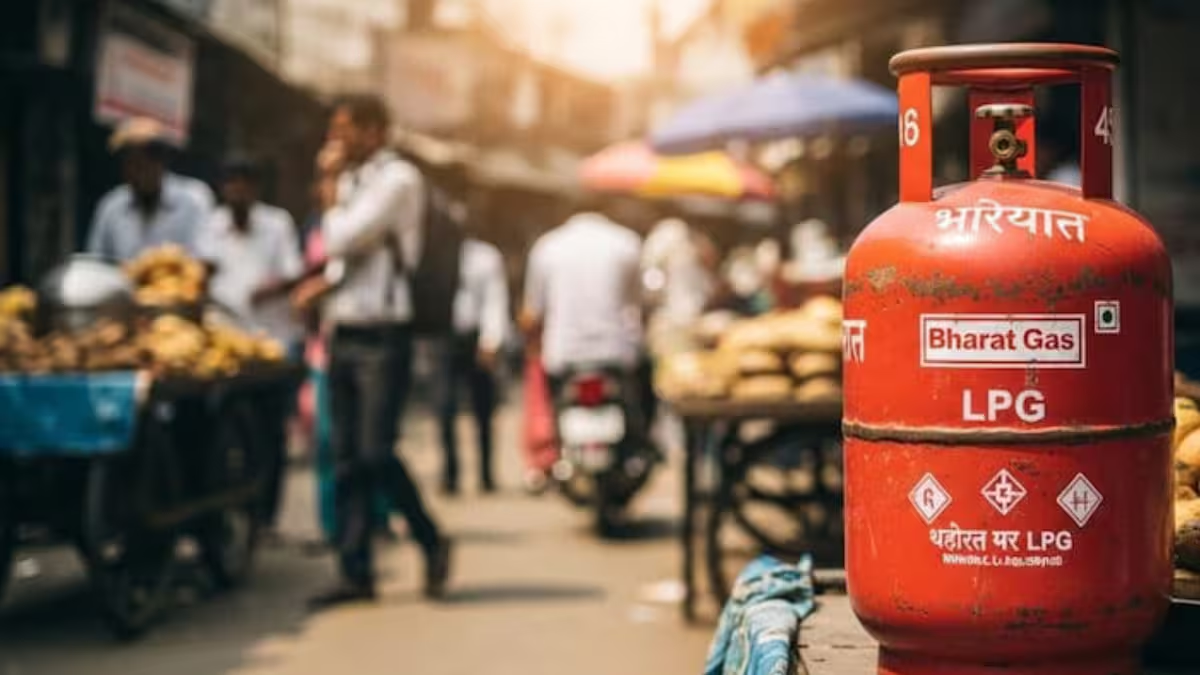
Fiscal Burden on Govt
While this move supports OMCs, it also adds pressure on the government’s fiscal deficit, especially with other welfare schemes in the pipeline.
Political Timing
Coming just months ahead of key state elections, many experts see this compensation as a strategic decision to manage inflation perception and public sentiment around kitchen fuel prices.
Expert Take: Is This Sustainable?
Energy economists believe that periodic subsidies without pricing reforms aren’t sustainable in the long term. A more dynamic pricing model, with targeted subsidies only for economically weaker sections, may be the way forward.
However, in the current political and economic context, this compensation is seen as a necessary short-term relief measure.
This ₹30,000 crore compensation may not directly lower your LPG cylinder price today, but it ensures stability in cooking gas rates and supports a healthy oil ecosystem in India. For consumers, this is a positive signal ahead of a festive and political season that often influences price-sensitive decisions.
Stay tuned — and keep an eye on further government announcements that may extend the benefit directly to your kitchen.
